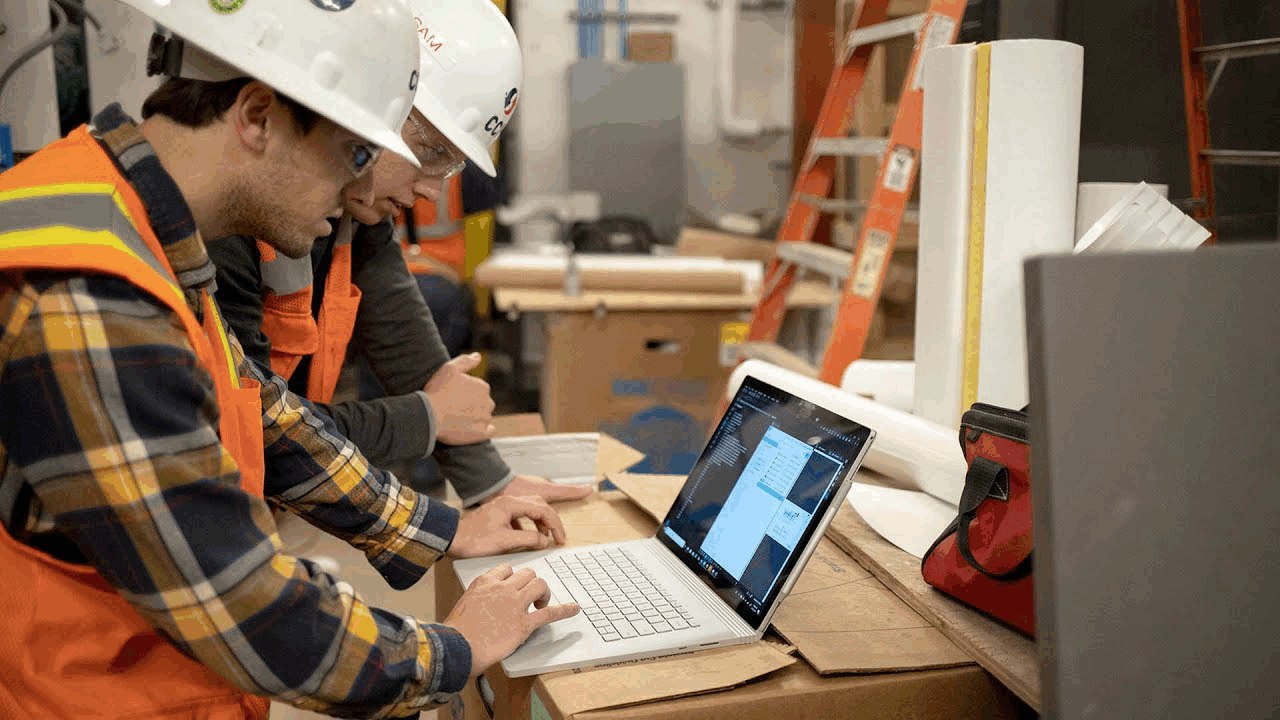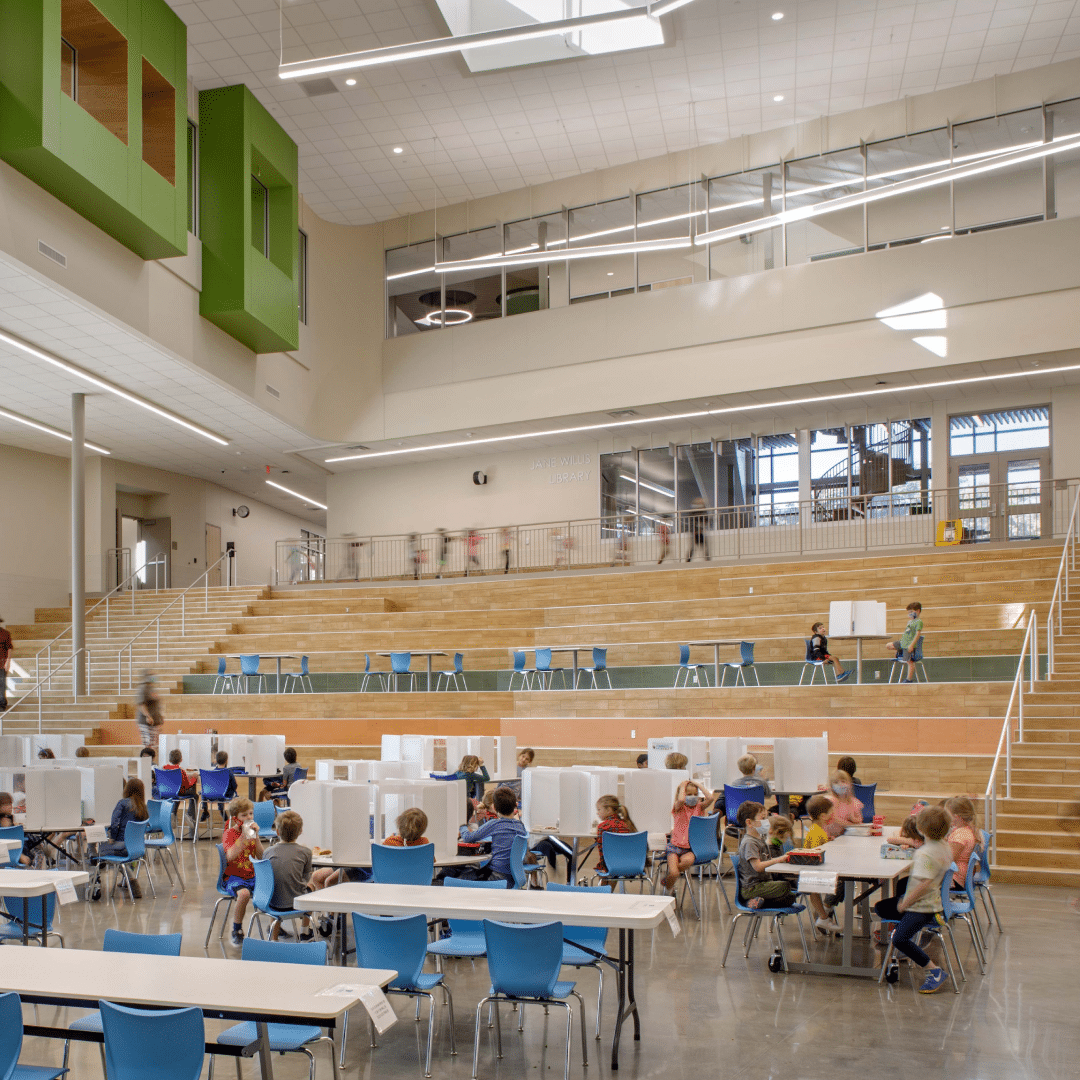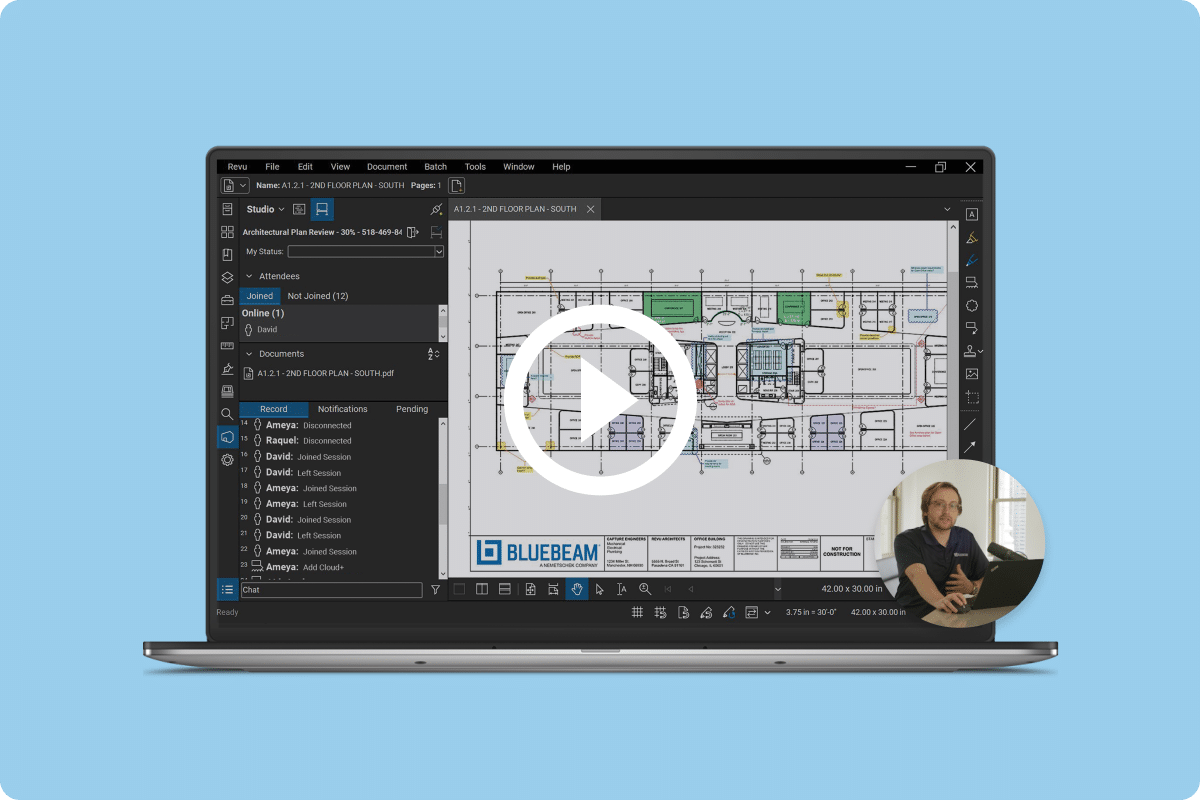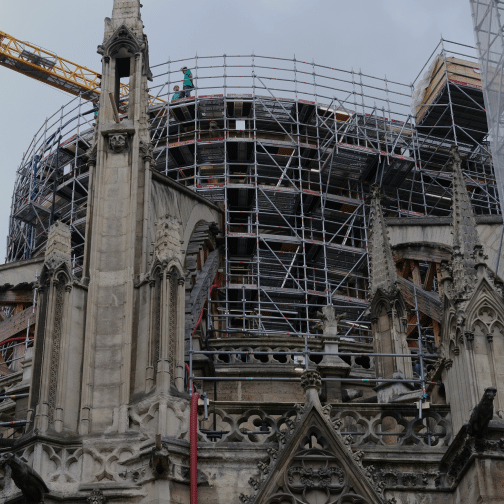
Design build
“We are a design-build firm, so we have staff from engineers and all the way through to service techs. We do HVAC and plumbing, so we design the system, use our own fabrication shops for construction, and we actually go to the field and build it; then we continue to service it,” says Hannah Crawford, CCI mechanical intern and assistant project manager. Given the full scope of CCI Mechanical’s project delivery, their involvement with the project supersedes the usual subcontractor/general contractor/owner relationship as it entails an added focus on communication and fuller commitment to the project, past the point of turnover. “As design build, we’re helping design and construct at the same time, especially when the building is going to have future tenants. So, we are actually adapting and changing our design a lot more often,” explains Ian Goduti, project manager for Salt Lake City-based CCI Mechanical. To keep pace with the Grove Tower project general contractor and owner, CCI Mechanical turned to Bluebeam Revu for project delivery.
Preconstruction
CCI began the Grove Tower project by using Revu for basic takeoffs and counts. “In estimating, anything we can do upfront in terms of quantity takeoffs or linear foot takeoffs, or even just tracking just drawings and changes is enormously valuable,” says Goduti. Given that the general contractor was using Bluebeam Studio on the project, CCI followed suit, with design engineer McKayla Flach, LEED AP BD+C, setting up Studio Sessions, which allows project teams to review, mark up, modify and update the same files at the same time. Sessions saved time as drafting and designing could occur simultaneously within Studio. “The engineer who was actually designing the system would have the drafter follow maybe a floor behind and draft what was designed, so what used to happen in two steps was cut down to one as they were able to draft it in half the time,” explains Crawford. The Sessions also allowed CCI field staff to perform design reviews remotely.
“We were able to share all of the drawings, submittals, O&Ms, install manuals, really everything applied to the field through Studio.”
Hannah Crawford
Assistant Project Manager
CCI Mechanical
Studio served as a hub for all aspects of engineering for the project, which enabled all stakeholders to work together. “From the design engineering standpoint, I’m with the architect, the electrician, the owner and the GC, typically on a weekly basis working through the design.” The ability to view 3D PDFs within Revu assisted with design coordination. “It’s been really great with the 3D coordination. We’ve been able to eliminate and reduce a lot of rework based on the 3D coordination,” says Flach. With the space designed for multiple tenants with different needs, Studio Sessions allowed CCI to meet potential changes with no issues. “On the pre-construction side, it really allowed us to make changes on the fly a lot easier. If the client got a new tenant, or there was a shift in plans, we could very easily show them this shift without having to redesign everything, and then budget it based on that shift. That would save days for both parties,” adds Goduti.

Construction
Once the estimation and engineering portions of the project are done, the data stays within Revu, allowing the drawing reviews to happen in real-time within Studio for all departments, including the field, for additional prioritized markups or approvals. “We get the drawings all ready to go with pipe tags containing fitting numbers, destination, size and identification specs. These are all drawn up, confirmed by the field and then sent out to the shop,” says Goduti. Fabrication and testing are all done within the shop on CCI’s campus, and then the equipment and fabrications are sent out to the field. The drawings are archived and also used to guide the field staff on building the project on site.

“It’s been awesome for the field because they have all the information that they need at their fingertips,” explains Crawford. “They’re not walking back to the trailer to flip through drawings, to make sure that they’re looking at the right set. They know that in Studio that they have the drawings that are up to date, and current, and it’s what they should be looking at. So, it’s been saving tons of time and tons of headaches, and maybe rework. It’s an awesome tool for that.”
Project manager Goduti concurs, “In terms of construction, it cut down on all my RFIs, or document control. So that took a lot of the administrative and assistant PM pieces off my plate, and really allowed me to focus on the job.”
Commissioning and installation
CCI’s commissioning team also used the same Studio Sessions to see the drawings for installation, operations and maintenance manuals (IOMs) to upload their balancing comments, and then eventually to turn the Sessions over to controls to start up the units and install all the wiring. “Studio was the landing place for basically everyone from engineering through turnover,” says Goduti. “We were able to share all of the drawings, submittals, O&Ms, install manuals, really everything applied to the field through the Studio Sessions, which will also be used for servicing later on down the road,” explains Crawford.

Turnover and owner value
Hosting all of the project information within Bluebeam Studio meant more detailed O&M packages for owner turnover, as well as servicing post completion. “I think we spent five hours putting together a complete package for the O&Ms,” says Goduti. We included items of photos and contacts, and a lot of things that owners don’t typically see. To take a full O&M package comparable to Grove Tower, we’re looking at probably two days of just administrative organizing. A lot of the down time with that is you couldn’t just hand it over to someone that typically puts these books together, who doesn’t know the equipment, doesn’t know the project, doesn’t know any of that. With Bluebeam now, we were able to build up the O&Ms as a preliminary copy, send that for review, and print it for them, or obviously give it to them in an electronic form. It cuts down days.” The same Session also gets sent to our service techs and the owner’s facilities rep for future servicing of the building. “It’s really allowed us to give these owners a lot of support and resources they weren’t used to seeing, and it’s been effective enough to help build a relationship between CCI and the owner for future work.”




